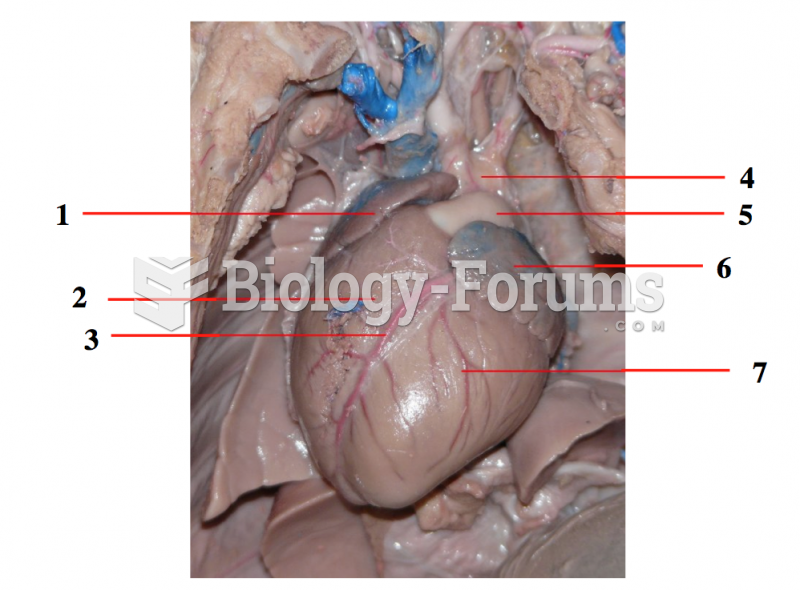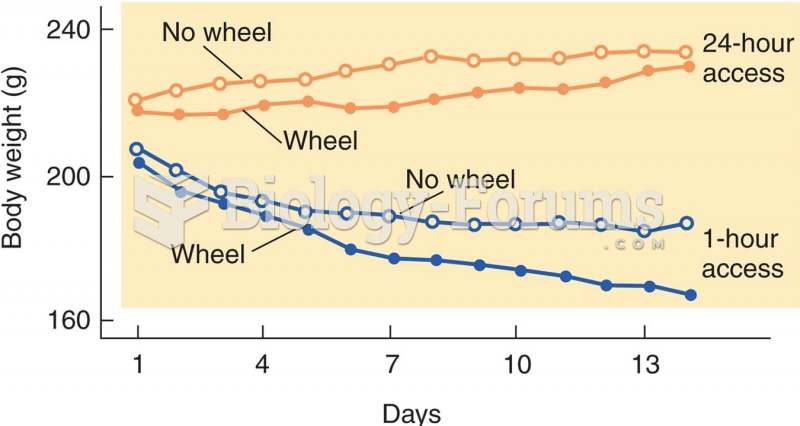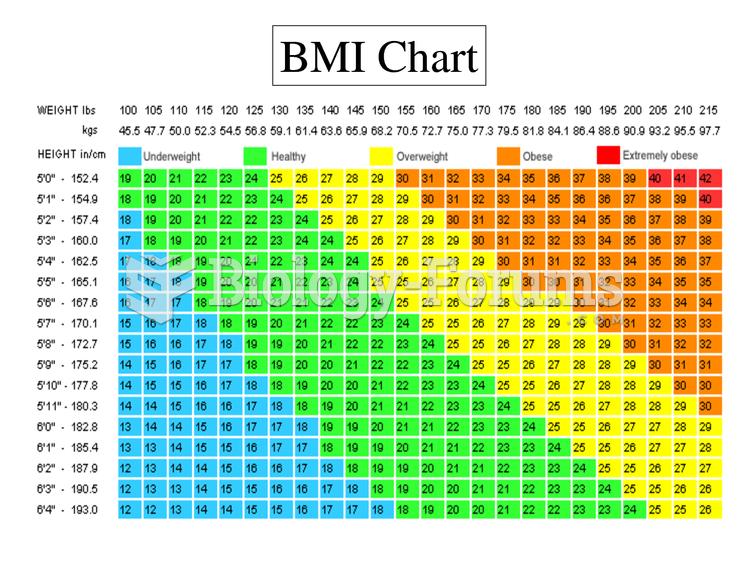This topic contains a solution. Click here to go to the answer
|
|
|
Did you know?
HIV testing reach is still limited. An estimated 40% of people with HIV (more than 14 million) remain undiagnosed and do not know their infection status.
Did you know?
All patients with hyperparathyroidism will develop osteoporosis. The parathyroid glands maintain blood calcium within the normal range. All patients with this disease will continue to lose calcium from their bones every day, and there is no way to prevent the development of osteoporosis as a result.
Did you know?
Approximately 500,000 babies are born each year in the United States to teenage mothers.
Did you know?
On average, the stomach produces 2 L of hydrochloric acid per day.
Did you know?
The average office desk has 400 times more bacteria on it than a toilet.







